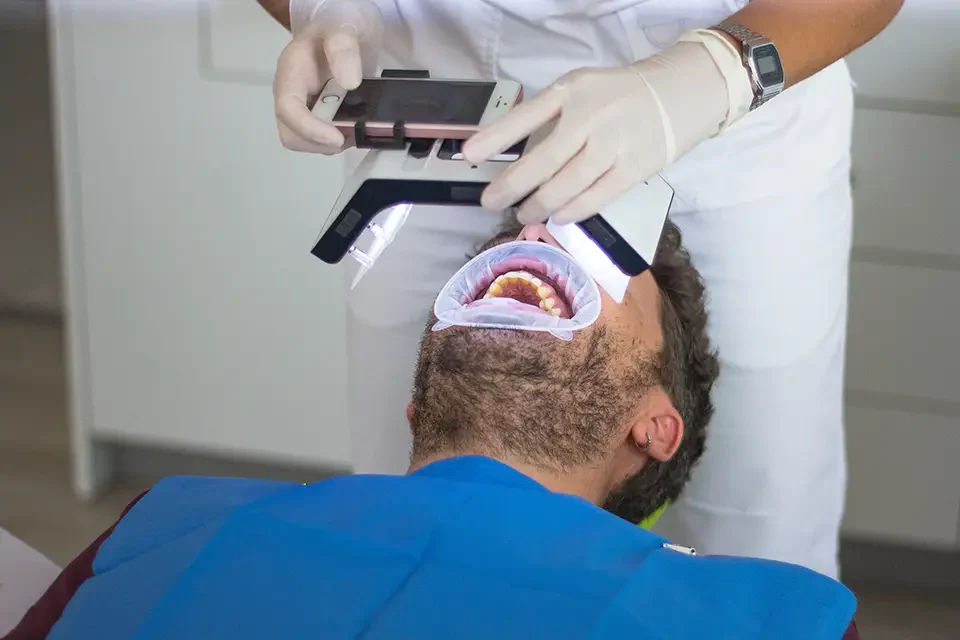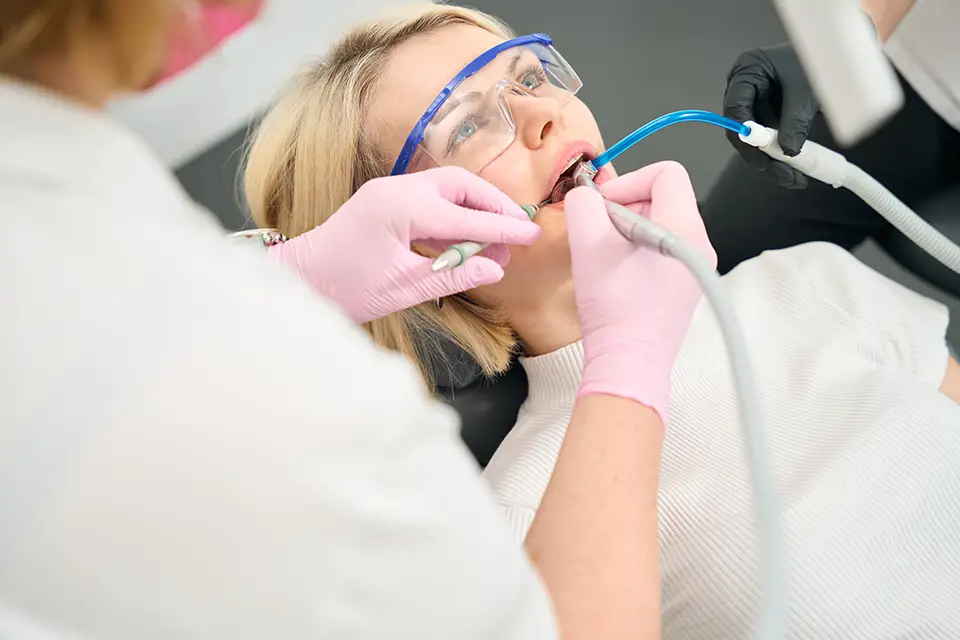A beautiful smile can boost your confidence and improve your overall appearance. Imperfections like chipped, cracked, or discoloured teeth can dim your smile’s radiance. Fortunately, modern dentistry provides an effective solution known as dental bonding. Restoring and enhancing the appearance of your teeth in a single appointment with your dentist is possible with this minimally invasive treatment. Furthermore, in this blog post, we’ll look at what the dental bonding procedure entails, its benefits, and why it might be the best option for you.
What is the Dental Bonding Procedure?
The dental bonding procedure involves applying a tooth-coloured resin material to the surface of your teeth. The resin is meticulously shaped and polished to match the surrounding teeth, resulting in a natural-looking restoration. The procedure is relatively simple and usually does not require anesthesia unless it is used to fill a cavity.
The Steps Involved in the Dental Bonding Procedure
Understanding the steps involved in the dental bonding procedure can help relieve anxiety and give you an improved overview of what to expect. Here is a step-by-step breakdown.
1. Consultation and Preparation
Your dentist will examine your teeth to determine whether the dental bonding procedure suits you. If it is, the dentist will choose a resin colour that closely matches your natural teeth. Sometimes, the tooth’s surface may need to be slightly roughened to allow the bonding material to adhere more effectively.
2. Application of the Bonding Material
The dentist will apply the tooth-coloured resin to the prepared tooth. The dentist meticulously shapes and moulds the resin to conceal imperfections, guaranteeing that it merges seamlessly with the rest of your smile.
3. Curing Process
Once the resin is in the right shape, the dentist will use a special light to harden or “cure” it. This light activates the bonding material, which solidifies quickly.
4. Final Adjustments
Once the resin has hardened, the dentist will make final adjustments, such as trimming and polishing the bonded tooth. This guarantees that the bonded tooth appears and feels natural.
Benefits

Patients seeking cosmetic dental enhancements find the dental bonding procedure to be an appealing option due to its numerous benefits:
- Minimally Invasive: Unlike veneers or crowns, dental bonding requires minimal removal of your natural tooth structure. This means the procedure is less invasive and frequently does not require anesthesia.
- Quick and Convenient: Dental bonding can usually be completed in a single visit, making it ideal for busy people.
- Cost-Effective: Dental bonding is a cost-effective alternative to other cosmetic dental procedures. It significantly improves the appearance of your teeth without the additional cost associated with more extensive treatments.
- Natural Appearance: The resin used in dental bonding is custom-made to match the colour of your natural teeth, resulting in a restoration that blends in seamlessly with the rest of your smile.
- Versatility: Dental bonding can help with various cosmetic issues, such as chipped or cracked teeth, gaps between teeth, and discoloration.
Who is a Good Candidate for the Dental Bonding Procedure?
Dental bonding is an excellent option for people who want to improve the appearance of their teeth without undergoing more invasive procedures. However, this procedure is most appropriate for minor cosmetic issues. If you have significant damage or discoloration, your dentist may suggest alternative treatments, such as veneers or crowns.
Good candidates for the dental bonding procedure include those who have:
- Minor chips or cracks in teeth
- Discolored teeth resistant to whitening treatments
- Gaps between their teeth
- Teeth that are slightly misaligned or misshapen
How Long Does Dental Bonding Last?
Dental bonding is durable but less long-lasting than other dental restorations, such as veneers or crowns. Dental bonding can last between 3 and 10 years on average, depending on your oral hygiene habits and the location of the bonded tooth. In order to ensure the longevity of your dental bonding, practice good oral hygiene, avoid biting on hard objects, and schedule regular check-ups with your dentist.
FAQs
How long does the dental bonding procedure take?
The dental bonding procedure typically takes 30 to 60 minutes per tooth, depending on the case’s complexity.
Is the dental bonding procedure painful?
No, the bonding procedure is painless and usually doesn’t require anesthesia unless used to fill a cavity.
Can I eat normally after the bonding procedure?
You can eat normally after the procedure, but avoid biting hard objects or foods to prevent damaging the bonded teeth.
Is Dental Bonding Right for You?
The dental bonding procedure is a simple, effective, and inexpensive way to improve your smile. Whether you have minor cosmetic issues or want a quick way to enhance the appearance of your teeth, dental bonding could be the solution you’ve been looking for. Furthermore, if you’re considering this procedure, schedule a consultation with Sunshine Dentistry in Richmond Hill, Ontario, to discuss your options and determine if bonding is the right choice.



